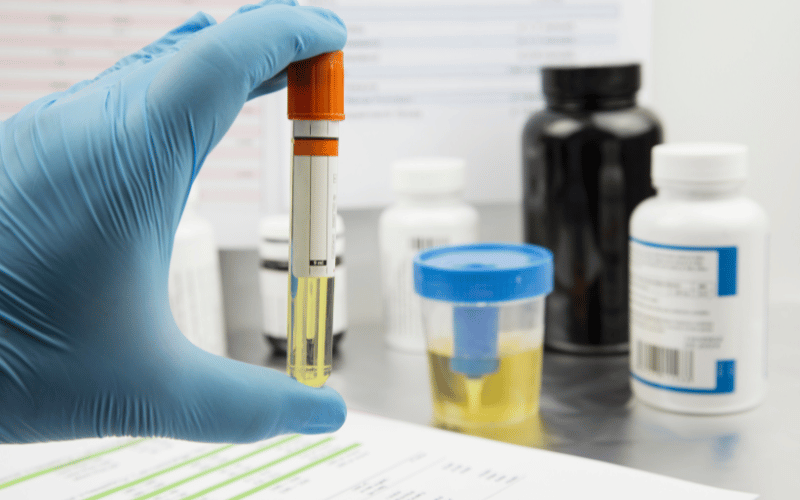Introduction: A Closer Look at Acute Kidney Disease

Acute kidney disease, commonly referred to as acute kidney injury (AKI), is a serious medical condition characterized by a sudden decline in kidney function. The kidneys play a crucial role in filtering waste and toxins from the bloodstream, and when they aren’t functioning properly, it can have severe consequences for an individual’s health. AKI can develop rapidly, often within hours or days, making timely detection and treatment vital for a full recovery.
In this article, we will delve into the causes, symptoms, and treatment options for acute kidney disease. Our aim is to provide valuable insights into this critical condition, equipping you with the knowledge needed to recognize its signs and understand the importance of prompt medical attention.
AKI is not a one-size-fits-all condition; it can stem from a variety of causes, including reduced blood flow to the kidneys, direct damage to the kidneys, or blockage of the urinary tract. When left untreated, it can lead to chronic kidney disease, kidney failure, or even death.
As you read on, you’ll discover the top 10 symptoms of acute kidney disease, along with information on its risk factors, diagnosis, and treatment options. By understanding the intricacies of this condition, you can better protect your health and the health of your loved ones.
Symptom 1. Decreased Urine Output: A Telltale Indicator of Acute Kidney Disease

One of the primary and tangible signs of Acute Kidney Injury (AKI) is a conspicuous decrease in urine output. This condition, medically known as oliguria, occurs when your kidneys struggle to filter waste products from your bloodstream effectively, causing urine production to decrease significantly.
Our kidneys are an amazing filtration system. Every day, they filter around 120 to 150 quarts of blood, producing about 1 to 2 quarts of urine. This urine comprises waste and surplus fluids. Now, when the kidneys encounter a hiccup in their operations, such as during AKI, this delicate balance gets thrown off kilter, and urine production reduces noticeably.
The reduction in urine production doesn’t just occur in a vacuum. It is intimately tied to the body’s intricate symphony of maintaining homeostasis. A decrease in urine output implies that the kidneys are not expelling enough waste and toxins from the body. This situation is like having a garbage disposal system backing up, causing a dangerous build-up of waste that could wreak havoc on your body.
The individual manifestations of decreased urine output can vary. For some, it might be a marked decrease in the frequency of urination. For others, it could present as a stark decrease in the volume of urine each time they visit the restroom. In rare cases may occur a complete cessation of urine production (anuria). A useful measure is outputting less than 400 milliliters of urine per day for adults, although this can vary depending on the individual’s fluid intake and losses.
The tricky part about decreased urine output is its sneakiness. It can often go unnoticed until other, more perceptible symptoms begin to manifest. Thus, it’s essential to stay attuned to your body’s changes and maintain an open line of communication with your healthcare provider about any abnormalities. (1)